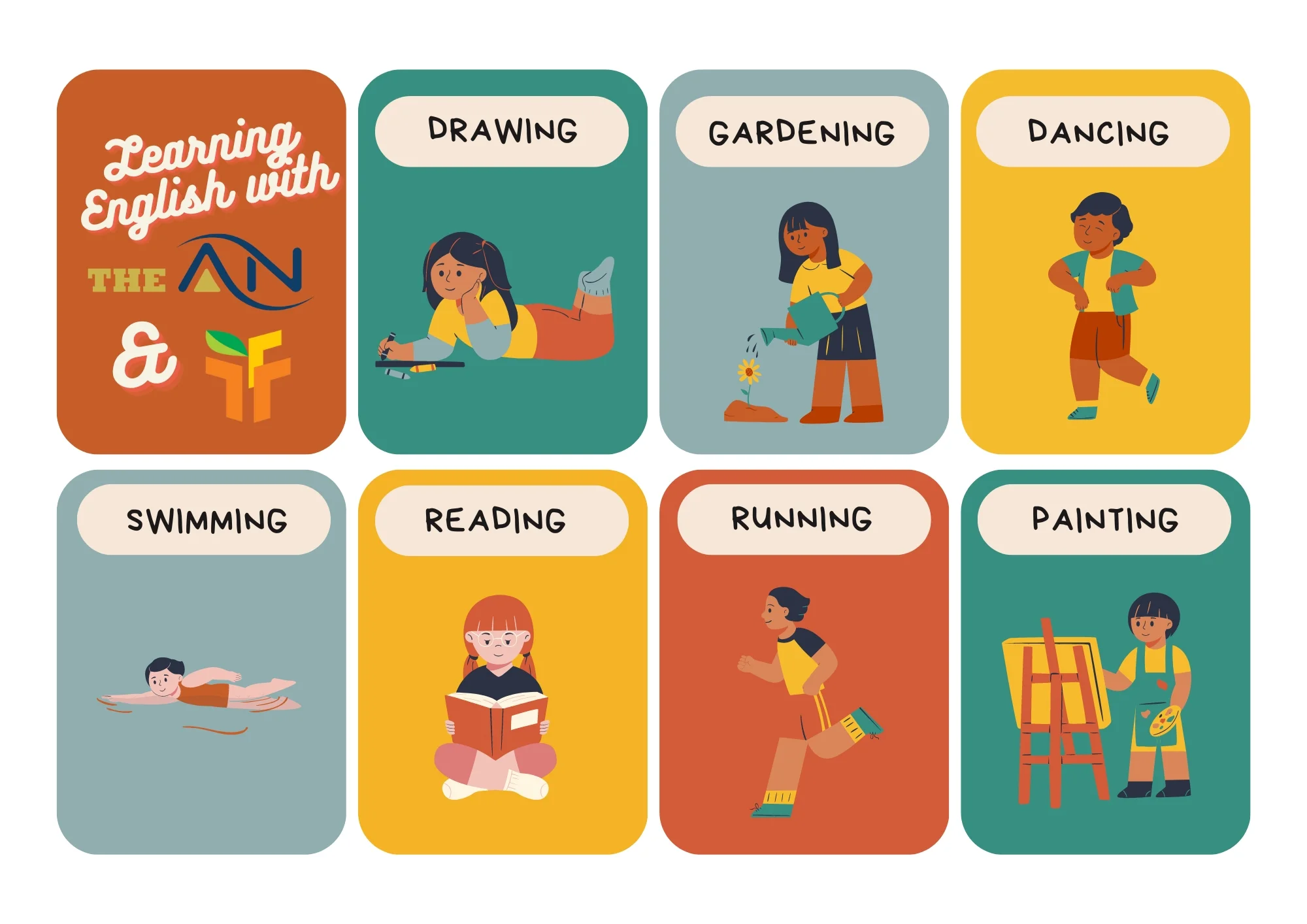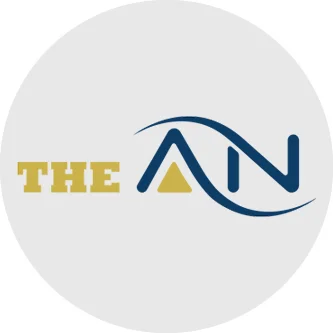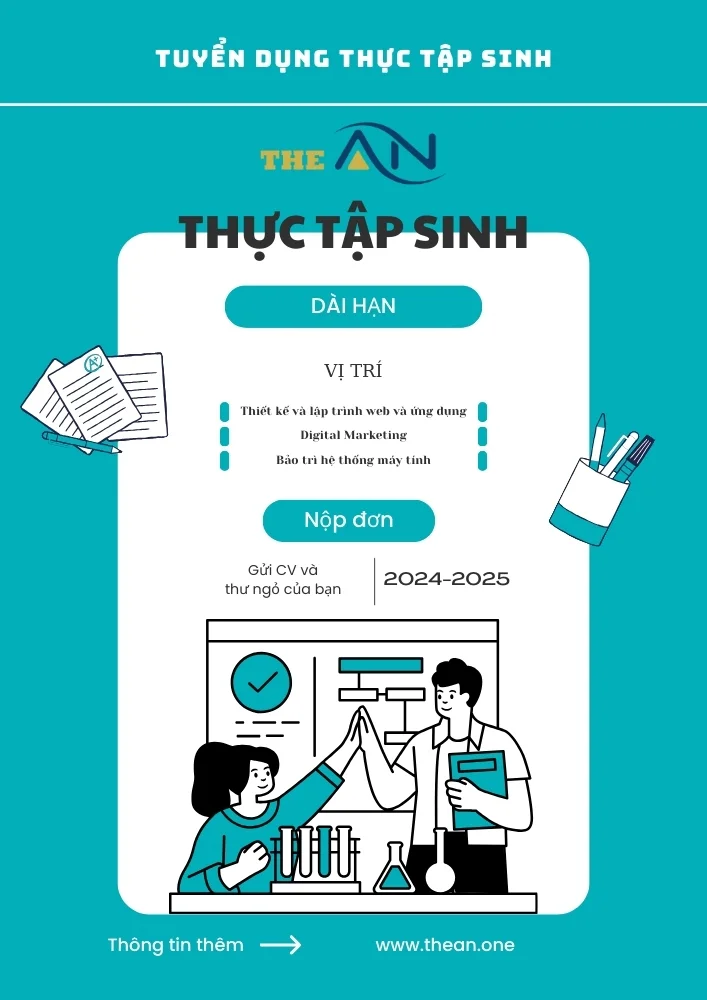Rules of Using Articles with Examples

Articles form an integral part of English grammar. They are important in defining the specificity of a noun. There are three articles in the English language: ‘a’, ‘an’, and ‘the’. Some of its common uses are The car, a dog, an elephant, etc. The rules of using the three articles will be analyzed in a detailed manner in the subsequent sections.
Table of Content
- What is an Article?
- Definite Article
- Indefinite Article
- Definite and Indefinite Articles with Examples
- Rules for Article: “A”/ “An”
- Rules for Article: “The”
- Using definite article: “The”
- Using indefinite articles: “A”, “An”
- Conclusion
- Practice Questions on Articles
- Articles – FAQs
What is an Article?
An article is a word that is used to define whether a noun is specific or non-specific. Let us look into the following examples:
“The car was stolen.” – Here, the line means that a specific car that was known to everyone involved was stolen.
“A car was stolen.” - Here, the line refers to a random car (non-specific) that was stolen. So, it can be inferred that “the” is used to define a specific noun whereas “a” is used to define a non-specific noun. Both these are examples of articles.
In general, there are two types of articles: definite and indefinite.
Definite Article
The definite article is used to refer to a specific or a particular thing. “The” is the only definite article present in the English language.
For example, when we say, “Let’s go to the mall.”, we are using “the” to refer to a particular mall that everyone is familiar with. Another example is ” Where is the house?”, here “the” is used to inquire about a specific house that everyone knows about.
Indefinite Article
The indefinite article is used to refer to a non-specific or a generalized thing. “A” and “an” are the two types of indefinite articles in the English language. Examples:
“There is a book on the shelf.” - Here, a book refers to any random book in general.
“I want to eat an apple.” - It refers to eating an apple.
Definite and Indefinite Articles with Examples
Examples of definite articles:
- The kids are playing in the playground.
- The delivery boy is here.
- The movie was amazing.
- It is kept in the drawer.
- Did you watch the game?
Examples of indefinite articles:
- I saw a bird at the window.
- I need an explanation.
- He bought a car.
- She ate an apple.
- India won a T20 international match.
Rules for Article: “A”/ “An”
Rule 1: Sound
The selection of the indefinite article ‘a’ or ‘an’ is determined by the sound the succeeding word creates. If the word has a consonant sound, then the article ‘a’ precedes the word and if the word has a vowel sound, then the word is preceded by ‘an’.
Examples of article ‘a’
Consonant word with a consonant sound:
Examples: a dog, a cat, a car, a bike, a fan
Exceptions:
Vowel word with a consonant sound
Examples: a university, a one-man army, a union
In the above cases, even though the word starts with a vowel, the sound it produces is that of a consonant. So, the article ‘a’ is used in these cases.
Examples of the article ‘An’
Vowel word with a sound
Examples: an elephant, an airplane, an umbrella, an apple, an egg
Exceptions:
Consonant word with a vowel sound
Examples: an hourglass, an honor, an hour
In the above cases, even though the word starts with a consonant, the sound it produces is that of a vowel. So, the article ‘an’ is used in these cases.
Rule 2: Singular Common Noun
Common nouns in singular form require the use of an indefinite article. Plural forms do not require articles unless it is used to specify a particular noun. In that case, ‘the’ is used. Let us understand with an example.
I read a book. (Random book (common noun) in singular form)
I read books in the library. (No article is used in plural form)
I read the books you talked about. (Referring to a set of books which is already known)
Rule 3: Converting a proper noun to a common noun.
Indefinite articles are used when a proper noun is used like a common noun.
Examples:
He looks like an Indian (Indian is a proper noun, but here it is looking like a proper noun)
Do not be a Hitler (Referring to someone as Hitler rather than addressing the actual Adolf Hitler)
Rule 4: Singular reference- one/ per/ each
In some cases, indefinite articles are used for referring to one/ per/ each.
Examples:
I have a boat (Refers to one boat)
He bowled at 130 km per hour (Per hour)
Rule 5: Descriptive adjectives
Descriptive adjectives are preceded by indefinite articles.
Examples:
That is a great shot.
He is a good person.
Rule 6: Determiners
Sometimes, indefinite articles are used before determiners.
Examples: a lot, a few, a little.
Just a few people voted.
It takes a lot of effort to achieve your dreams.
Rules for Article: “The”
Rule 1: Defining a common noun as a particular person or thing
“The” is used to indicate a common noun as a particular or known thing or person.
Examples:
- The car was stolen.
- The man is walking.
Rule 2: Generalizing a group or class
“The” is helpful in generalizing a whole group or class.
Examples:
- The lion is a type of carnivore.
- The Indians are known for their hospitality.
Rule 3: Non-count noun
“The” is required to particularize a non-count noun
Examples:
- The water in the ocean is saline in nature
- When are you returning the money that you borrowed from me?
Rule 4: One-of-a-kind words from the universe.
“The” is compulsory when one is mentioning things that are one of a kind in the universe.
Examples:
- The sun rises in the east.
- The earth is round.
Rule 5: Geographical places
The use of “the” before geographical places is tricky as there are a few exceptions also. It mostly depends on the size or the plurality of the things that the nouns are referring to. Generally, ‘the’ is used in most of the cases. Let us look into the exceptions first.
“The” should not be used before:
- Names of countries: India, Australia, Pakistan, England
- Names of continents: Asia, Africa, Europe
- Names of cities or states: Assam, Gujarat, Mumbai, Delhi
- Names of singular mountains: Mount Everest, Mount Fuji
- Names of singular lakes: Lake Pichola, Chilika Lake, Nal Sarovar
- Names of singular islands: Majuli, Colaba Island, Madh Island
The above exceptions also have some cases and conditions where “the” is to be used. These are the cases:
- Names of oceans, seas, rivers: the Pacific, the Ganges, the Nile, the Arabian Sea
- Names of mountain ranges: the Alps, the Himalayas
- Names of Island groups: The Andamans, The Caribbeans
- Names of countries that are united by states or groups: the USA, the UAE, the UK
Using definite article: “The”
“The” is one of the most commonly used words in the English language. It is used to particularise nouns. With the rules regarding its usage already mentioned in the previous article, let us look at some more examples where the article “The” is used:
- The movie was outstanding.
- The moon is shining brightly,
- The Andamans are one of the most popular tourist destinations in India.
- The book is kept on the table.
- The sea level is rising due to global warming.
Using indefinite articles: “A”, “An”
“A” and “An” are indefinite articles that are used in case of non-specific references. “A” is used in the case of all consonant-sounding words while “an” precedes vowel-sounding words. Common examples include:
- There is an elephant blocking the road.
- She is a hardworking girl.
- I am eating an apple.
- I want to buy a laptop.
- I have a car.
Conclusion
Articles are a key component of the English language. It is important to learn when to use them as one wrong use can alter the meaning of the sentence. Practice is necessary if one wants to master the use of articles. Also, it is important to pay attention to native English speakers on the way they use articles in spoken or written form to understand them better.
Practice Questions on Articles
Fill in the blanks with appropriate articles.
- _____ Prime Minister of India was elected in 2019.
- It was ________ delicious meal last night.
- Please switch off _______ fan when not in use.
- Let’s go to _______ theatres.
- Himachal Pradesh is ________ excellent holiday destination.
- My room is on _______ fourth floor.
- It was late, so I took _____ cab.
Answer:
- The
- a
- the
- the
- an
- the
- a
Articles – FAQs
Articles are words that are used to define whether a noun is specific or non-specific.
There are two types of articles- definite (“the”) and indefinite (“a” and “an”)
Articles are used to define whether a noun is specific or non-specific. There are three articles in the English language: ‘a’, ‘an’ and ‘the’.
There are certain rules to be followed while using articles.
Rules for using indefinite articles (“a”, “an”):
- Selection of the indefinite article ‘a’ or ‘an’ is determined by the sound the succeeding word creates. If the word has a consonant sound, then the article ‘a’ precedes the word and if the word has a vowel sound, then the word is preceded by ‘an’.
- Common nouns in singular form require the use of an indefinite article.
- Indefinite articles are used when a proper noun is used like a common noun.
- In some cases, indefinite articles are used for referring one/ per/ each.
- Descriptive adjectives are preceded by indefinite articles.
- Sometimes, indefinite articles are used before determiners. For example a lot, a few, a little.
Rules for using definite article (“The”):
- “The” is used to indicate a common noun as a particular or known thing or person.
- “The” is used in generalizing a whole group or class.
- “The” is required to particularize a non-count noun.
- “The” is compulsory when one is mentioning things that are one of a kind in the universe.
- Use of “the” before geographical places is tricky as there are a few exceptions also. It mostly depends on the size or the plurality of the things that the nouns are referring to. Generally, ‘the’ is used in most of the cases.
- I read a book.
- He looks like an Indian
- I have a boat.
- The car was stolen.
- The sun rises in the east.
Quý anh/chị đang tìm kiếm một doanh nghiệp uy tín cung cấp dịch vụ Công Nghệ Thông Tin như Thiết kế và lập trình website, Digital Marketing, hoặc dịch vụ Bảo trì và chăm sóc hệ thống máy tính, ...? Đừng ngần ngại hãy liên hệ với The ÂN qua số điện thoại (+84).326.418.478 để được tư vấn cụ thể, hoặc liên hệ qua mẫu tin.
Các thông tin nổi bật khác:









